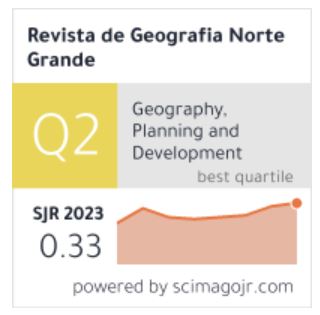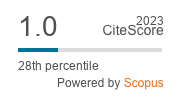El paisaje en el ordenamiento territorial prehispánico durante el periodo Medio, valle de Azapa, norte de Chile.
DOI:
https://doi.org/10.4067/S0718-34022015000100003Keywords:
Territorial zoning, visibility, water resourcesAbstract
The work is the result of extensive and detailed archaeological research in the Azapa Valley of Arica, Chile. Thirty-six archaeological sites were discovered, predominantly cemeteries, all from the Middle period. From a conservation point of view, most sites have not been well preserved. This information has been fundamental for the analysis of the spatial relationship between the pre-hispanic human settlements and natural resources, such as watersheds, in the context of land use in the lower area of the Azapa Valley. From the discussion generated on water resources, energy sources and the pattern of visibility, the conclusion is that the populations from the Middle period were groups of fisherman and farmers, who likely transformed the valley into an agriculturarl region through the cultivation of corn, peppers and beans, among other products. The population made the most of the habitable areas by building camps and villages, which were connected interconnected by roads and ceremonial sites.






